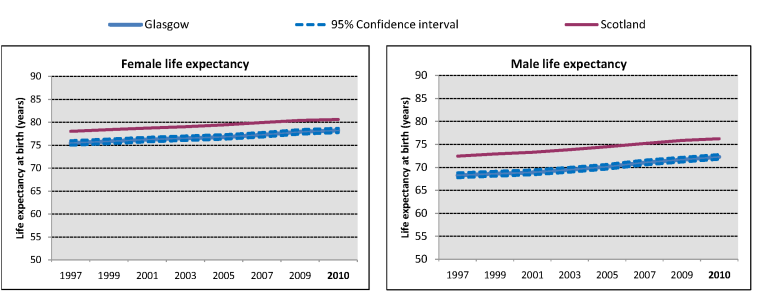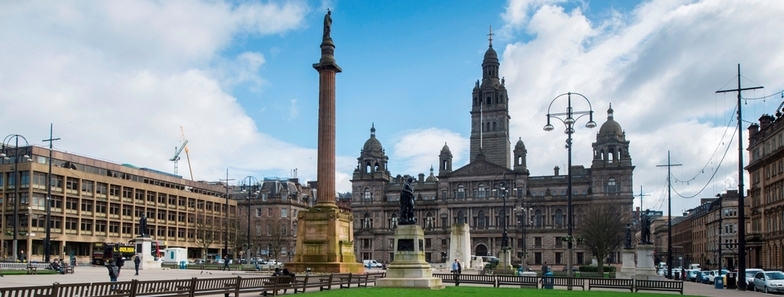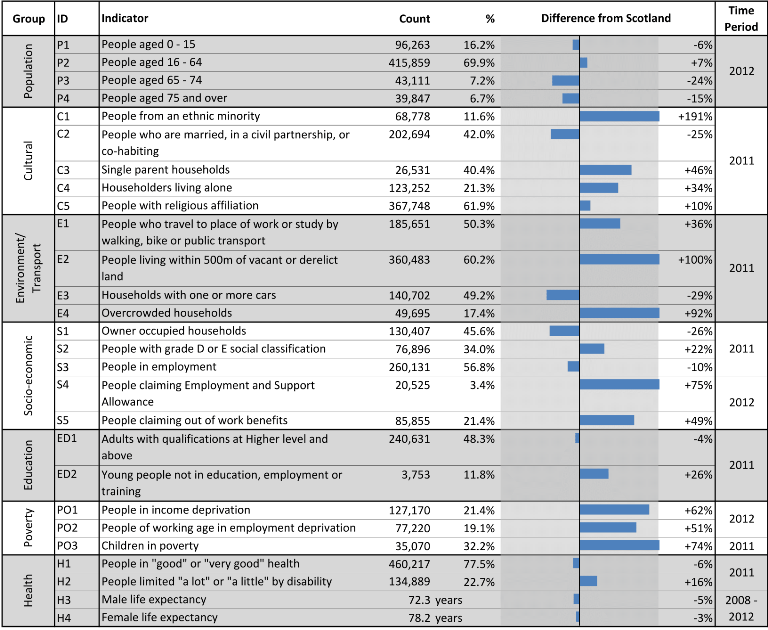Neighbourhood profiles
NE Sector
South Sector
North West Sector
Sighthill, Roystonhill and Germiston
Springburn
Balornock and Barmulloch
Robroyston and Millerston
Blackhill and Hogganfield
Ruchazie and Garthamlock
Easterhouse
Baillieston and Garrowhill
Mount Vernon and East Shettleston
Tollcross and West Shettleston
Springboig and Barlanark
Riddrie and Cranhill
Haghill and Carntyne
Dennistoun
Calton and Bridgeton
Parkhead and Dalmarnock
Toryglen
Ibrox and Kingston
Greater Govan
North Cardonald and Penilee
Bellahouston, Craigton and Mosspark
Pollokshaws and Mansewood
Newlands and Cathcart
Crookston and South Cardonald
Govanhill
Corkerhill and North Pollok
Priesthill and Househillwood
South Nitshill and Darnley
Carmunnock
Arden and Carnwadric
Greater Gorbals
Pollokshields East
Pollokshields West
Shawlands and Strathbungo
Langside and Battlefield
King's Park and Mount Florida
Castlemilk
Croftfoot
Cathcart and Simshill
Kelvindale and Kelvinside
Maryhill Road Corridor
North Maryhill and Summerston
Ruchill and Possilpark
Lambhill and Milton
City Centre and Merchant City
Yorkhill and Anderston
Hillhead and Woodlands
Hyndland, Dowanhill and Partick East
Broomhill and Partick West
Anniesland, Jordanhill and Whiteinch
Yoker and Scotstoun
Knightswood
Blairdardie
Drumchapel
Temple and Anniesland
*Please note that this profile is based on data from the 2011 Census.*
Download a printer friendly version of this profile here
Glasgow has a population of 595,080.
City comparisons with Scotland
Male and female life expectancy is markedly lower than the Scottish average. Women live on average nearly six years longer than men. Twelve per cent of the population is from an ethnic minority. Single-parent households make up 40% of all households with dependent children. Six out of ten people live within 500m of vacant or derelict land. Twenty-one per cent of adults are claiming out of work benefits, 32% of children live in poverty, and levels of deprivation are considerably higher than the Scottish average. Twenty-three per cent of people have a limiting disability.
City trends
 Life expectancy for both males and females has risen in recent years in Glasgow but remains below the Scottish average. In the most recent period shown (2008-12), life expectancy was 72.3 years for men and 78.2 years for women, notably lower than the Scottish average, particularly for men.
Life expectancy for both males and females has risen in recent years in Glasgow but remains below the Scottish average. In the most recent period shown (2008-12), life expectancy was 72.3 years for men and 78.2 years for women, notably lower than the Scottish average, particularly for men.
 The population in Glasgow decreased marginally by -0.6% between 1996 and 2012. Underlying this were more significant changes within age groups: there were reductions in the numbers of children (-18%) and older adults (-13%), while the working-age population, particularly those aged 45-64 years, increased. The percentage of the total population from a minority ethnic group rose from 5% in 2001 to 12% in 2011, a percentage which is nearly three times higher than the national average.
The population in Glasgow decreased marginally by -0.6% between 1996 and 2012. Underlying this were more significant changes within age groups: there were reductions in the numbers of children (-18%) and older adults (-13%), while the working-age population, particularly those aged 45-64 years, increased. The percentage of the total population from a minority ethnic group rose from 5% in 2001 to 12% in 2011, a percentage which is nearly three times higher than the national average.
Notes
A document giving detailed notes and definitions for the information presented in this profile can be downloaded here.
An Excel workbook containing the data used in all of the profiles can be downloaded here. This workbook also includes alternative output formats and further breakdowns of some of the variables.
1. Data sources: Scottish Index of Multiple Deprivation (SIMD) 2012, Census 2011, Census 2001, HMRC, NOMIS, National Records of Scotland (NRS) and Scottish Government.
2. Populations presented in the population trend chart and used to calculate life expectancy estimates are taken from NRS small area population estimates and are based on: the 2001 Census for the years 1996-2001; both the 2001 and 2011 Census for the years 2002-2010; and the 2011 Census for the years 2011-2012.
3. The Income deprivation and Employment deprivation indicators are derived from SIMD 2012, more information on this deprivation index can be found on the SIMD website.
4. Life expectancies are calculated based on population estimates and death registrations. 95% confidence intervals have been added on the graphs to give an indication of their accuracy. The x-axes of the life expectancy graphs give the mid-year for each life expectancy estimate, e.g. 2010 represents the life expectancy estimate for the period 2008-2012.
Glasgow City Council have also produced neighbourhood profiles based on data from the 2011 Census which can be accessed via this link.


